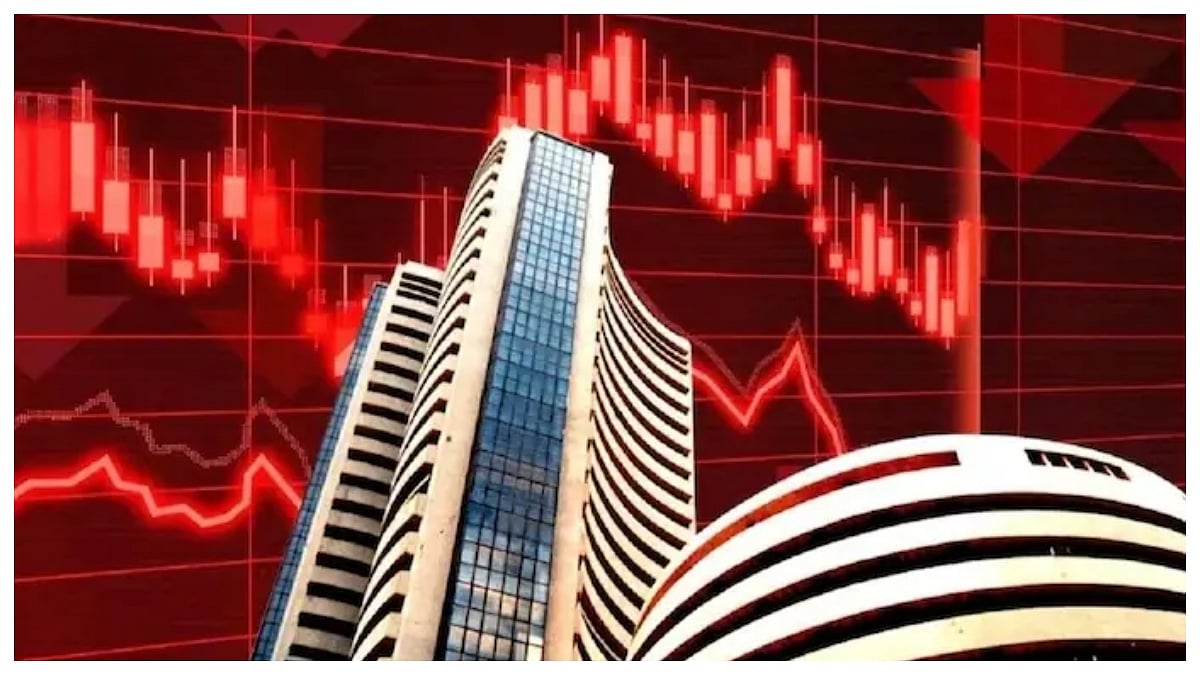The domestic currency has plunged 209 paise, in five straight sessions
Mumbai : The rupee continued to slide against the dollar for the fifth day in a row and closed down 47 paise at a fresh two-month low of 63.71 on Tuesday amid bearish local equities and demand for the US currency from importers. A firm dollar overseas also weighed on the rupee as the dollar index, consisting of six major global rivals, was up by 0.28%.
At the interbank foreign exchange market, the domestic currency resumed lower at 63.35 and moved in a range of 63.30 to 63.84 against the dollar before settling at 63.71, a fall of 47 paise or 0.74%.
The rupee has plunged 209 paise, or 3.39%, in five straight sessions. It is at the lowest level since closing at 63.84 on September 10.
“Rupee was seen depreciating against the US dollar due to persistent dollar strength, rising dollar demand from the domestic oil companies and debt market outflows. Also, the stock markets which ended the session on a negative note contributed to the weakness in the local currency,” said Abhishek Goenka, CEO of India Forex Advisors.
Meanwhile, the BSE Sensex fell for a sixth straight session to mark its longest losing streak since late July, as profit-taking continued after the benchmark index’s record high earlier this month.
The 30-share Sensex resumed higher at 20,510.31 and moved in a range of 20,262.22 to 20,584.22 before ending at 20,281.91, a loss of 209.05 points or 1.02%.
Tata Motors, ICICI Bank and Reliance Industries were the biggest drag as 26 of the 30 shares on the index fell. Sesa Sterlite and Tata Power were among the big losers. Metal, power and auto sector stocks led 12 of the 13 BSE group indices lower.
The market breadth remained negative with 1,483 stocks losing ground and 982 ending with gains. Total turnover was higher at Rs 1,969.70 crore from Rs 1,897.72 crore on Monday.
The currency’s slide against the dollar lowers the value of investments by foreign institutions in stocks and bonds, said analysts. A lower rupee also increases the import bill and could fuel inflation.








